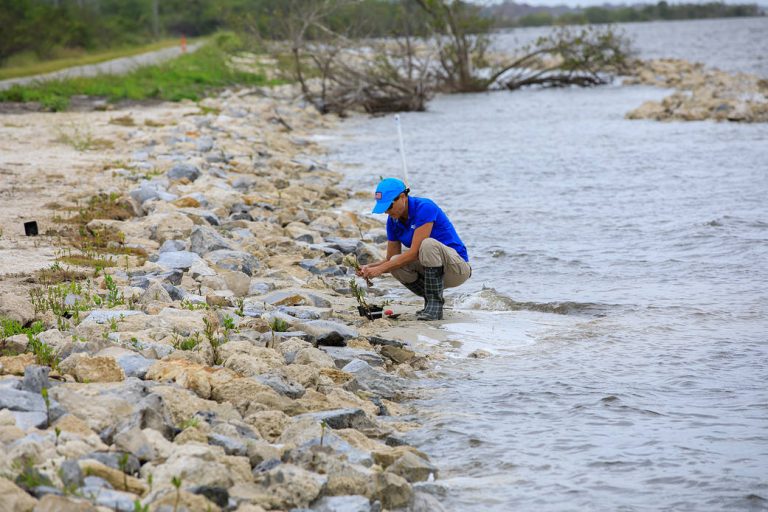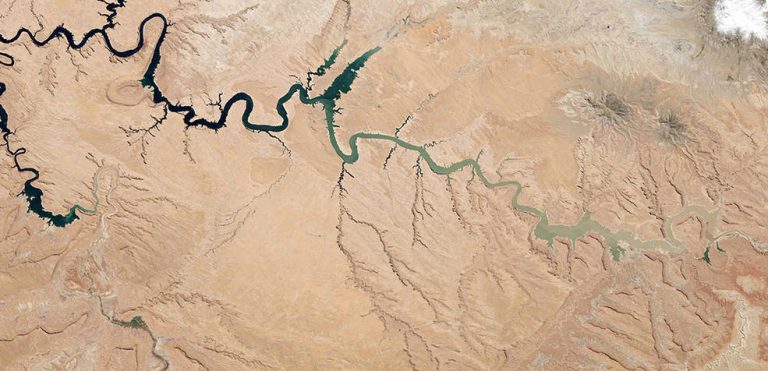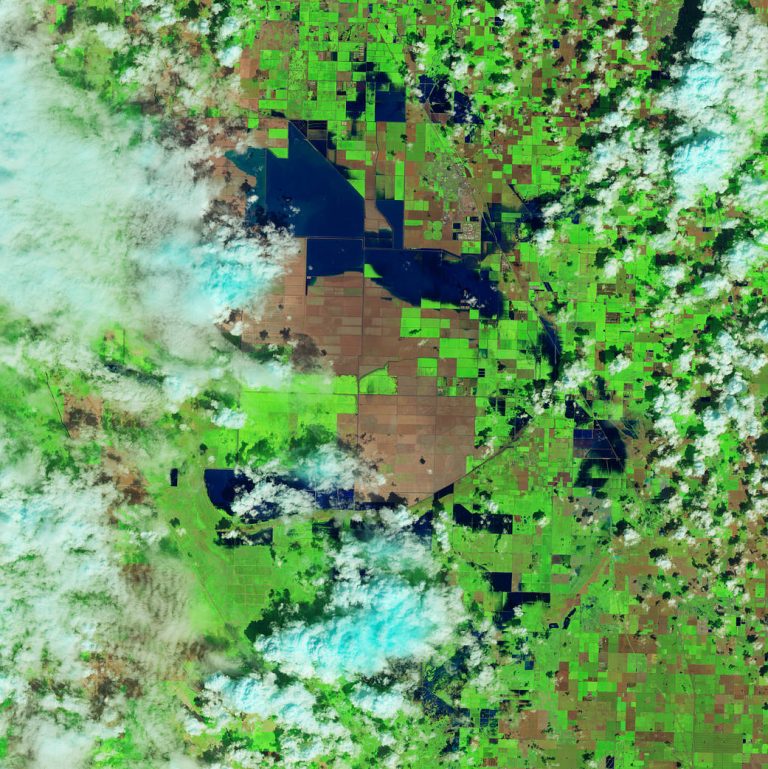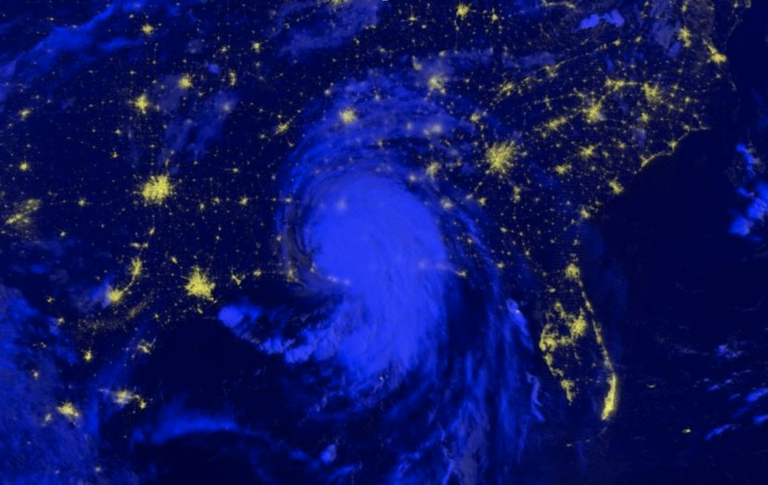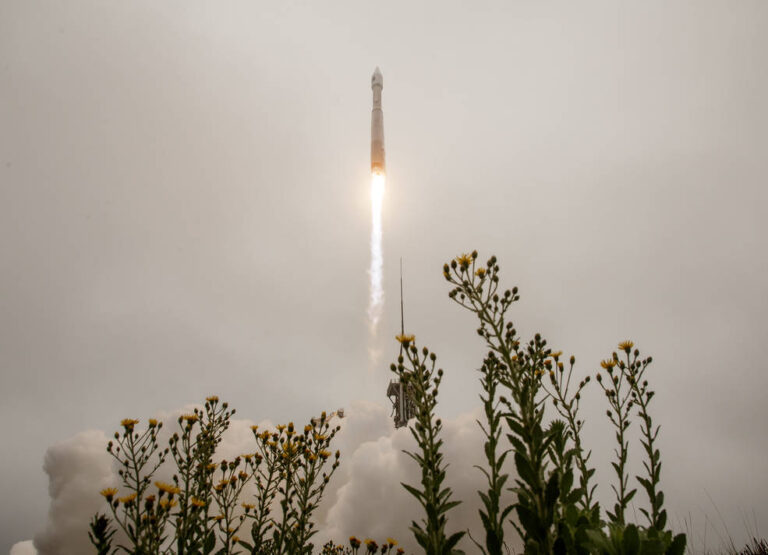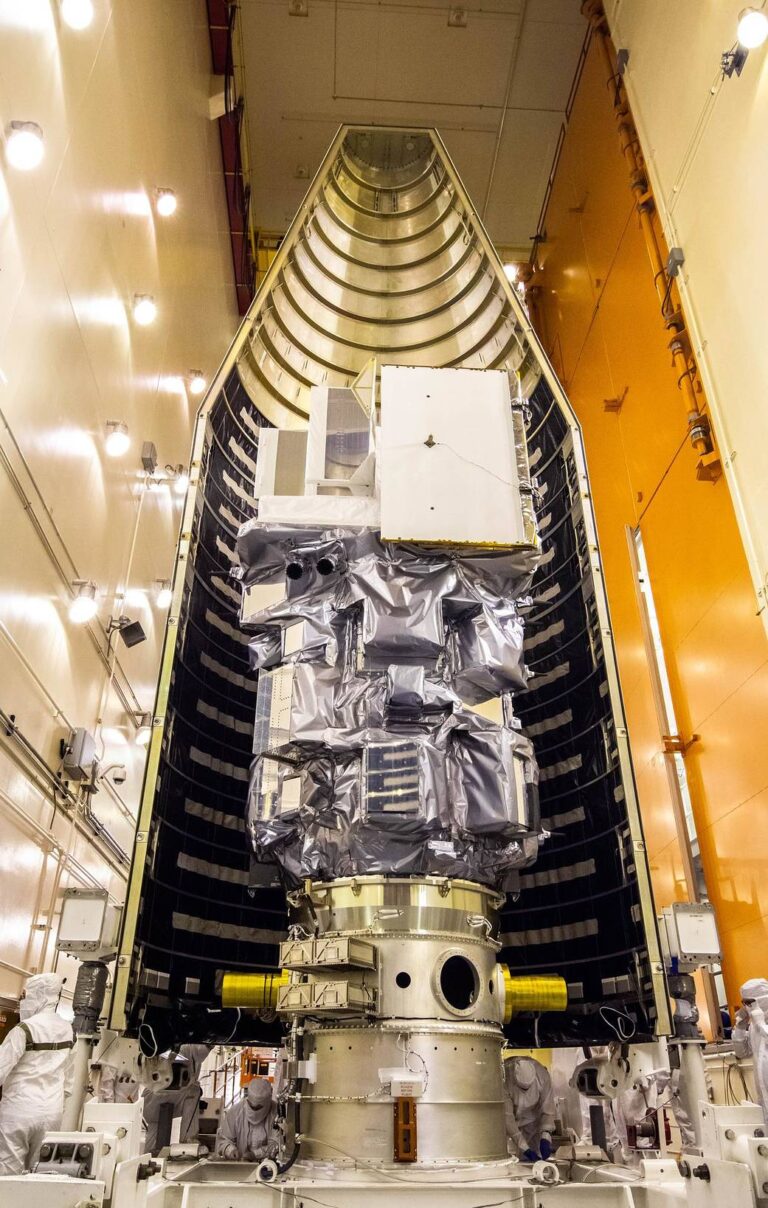巴西的新月形沙丘
Former NASA astronaut Jack Fischer captured this photograph of Lagoa dos Barros and crescent-shaped barchan dunes on the Atlantic coastline of southern Brazil on July 9, 2017, while aboard the International Space Station. Barchan dunes are sand dunes that form in areas with one wind direction and little vegetation. In this case, fierce winds from the Western Atlantic sculpt the sand along the coast into distinctive crescent shapes. The tips of barchan dunes point downwind, showing the prevailing wind direction. These fragile formations act as barriers keeping the wind and waves from penetrating inland, blunting the effect of storms and minimizing coastal erosion. See more photos of Earth taken from space. Image Credit: NASA/ Jack Fischer 2017年7月9日,前NASA宇航员杰克·菲舍尔在国际空间站上拍摄了这张巴西南部大西洋海岸线上的拉戈亚·多斯·巴罗斯和新月形沙丘的照片。 新月形沙丘是在单一风向和植被稀少的地区形成的沙丘。在这种情况下,来自西大西洋的强风将海岸的沙子塑造成独特的新月形。新月形沙丘的尖端指向下风,表明盛行风向。这些脆弱的地层充当屏障,阻止风和海浪穿透到内陆,减弱风暴的影响,最大限度地减少海岸侵蚀。 查看更多从太空拍摄的地球照片。 图片来源: NASA/ Jack Fischer


